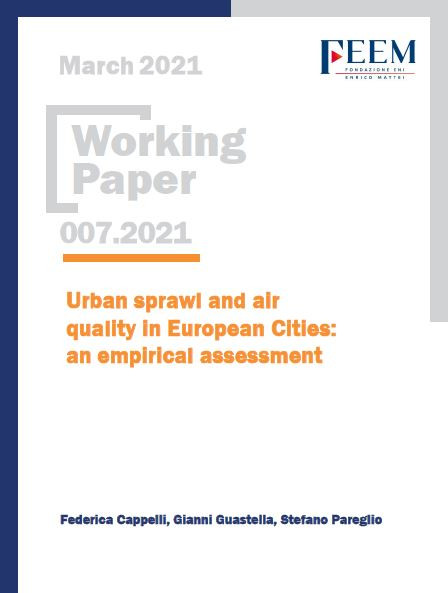Urban sprawl and air quality in European Cities: an empirical assessment

05.03.2021
Federica Cappelli (Roma Tre University); Gianni Guastella (Università Cattolica del Sacro Cuore, Fondazione Eni Enrico Mattei); Stefano Pareglio (Università Cattolica del Sacro Cuore, Fondazione Eni Enrico Mattei)
Q53, R14, C21
Air Pollution, Urban Sprawl, European Cities, Additive Models
In this paper we estimate the relationship between urban sprawl and a measure of air quality, namely the number of days in which the PM10 concentration exceeds safeguard limits in European Union cities. Building on a multidimensional representation of sprawl, the paper employs several indicators to account for built-up area development, population density, and residential discontinuity. The paper employs generalised additive models to disentangle the non-linear effects in the variables and the interaction effects of the three sprawl dimensions. A significant and robust effect of urban morphology emerges after controlling for socio-economic, demographic, and climatic factors and the geographical location of the city. We find that urban sprawl impacts positively on pollutant concentration, but the effect is highly context-specific because of threshold effects and interactions.
***
Suggested citation: F. Cappelli, G. Guastella, S. Pareglio, (2021), ‘Urban sprawl and air quality in European Cities: an empirical assessment’, Nota di Lavoro 7.2021, Milano, Italy: Fondazione Eni Enrico Mattei
